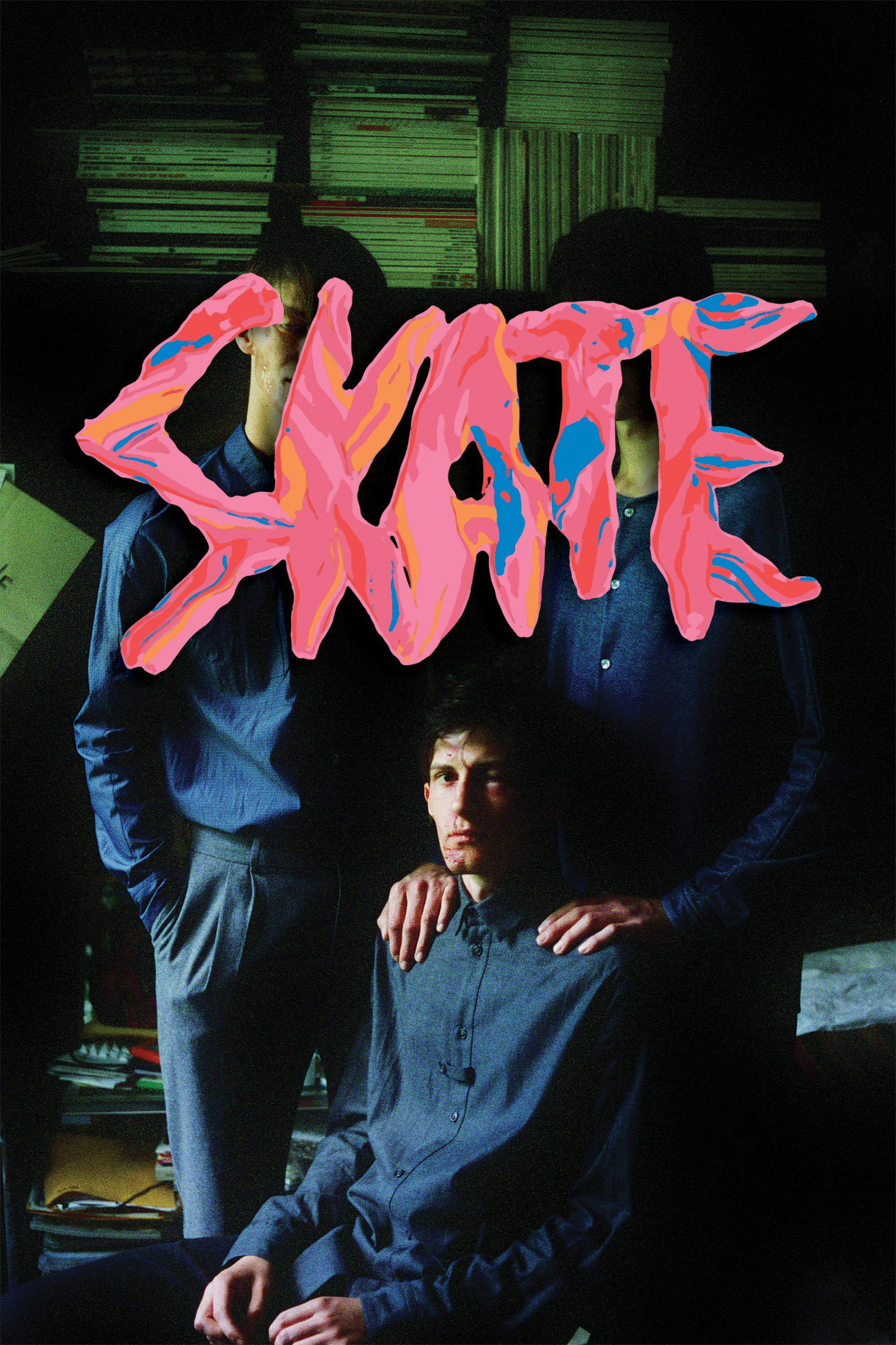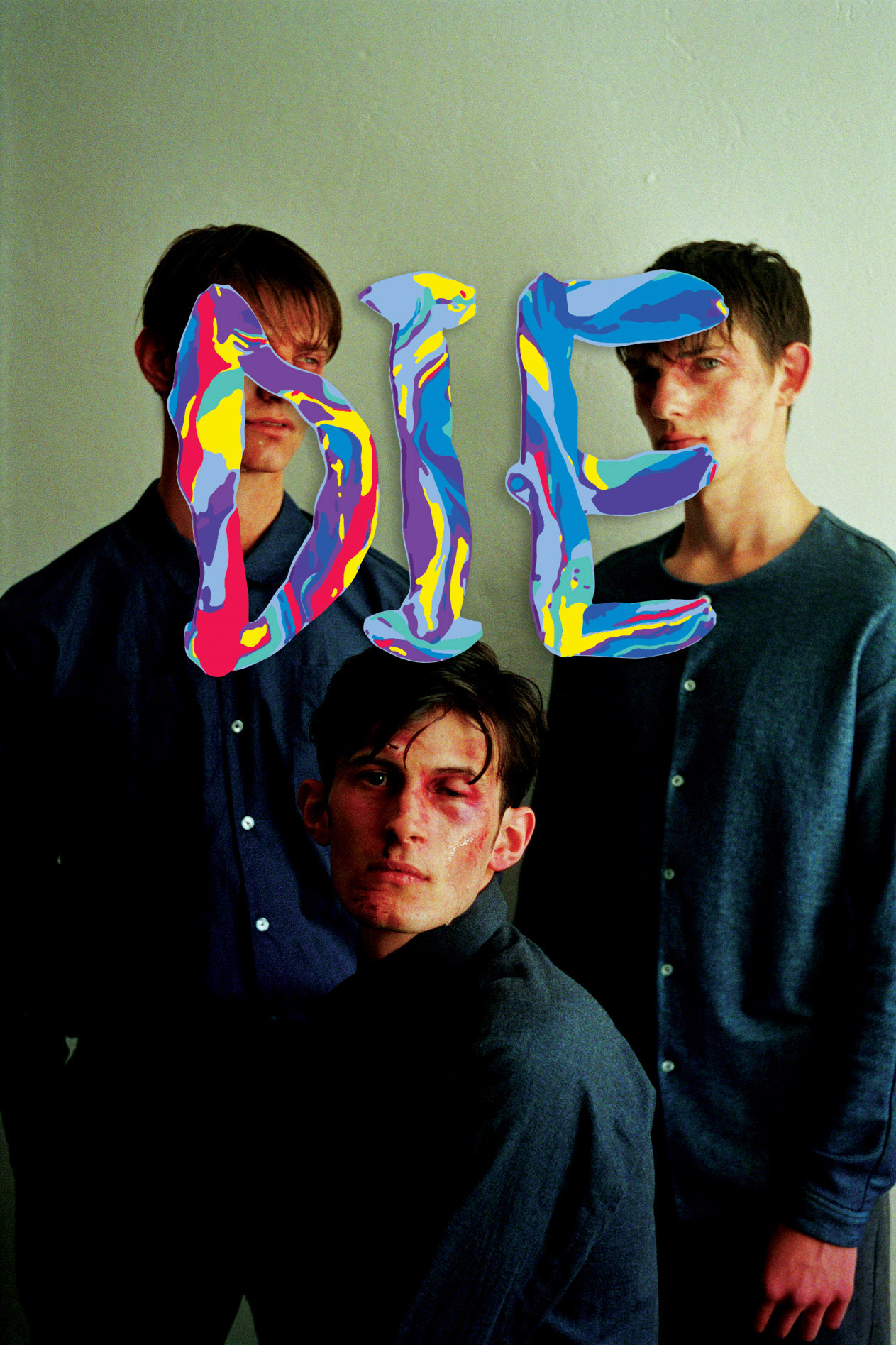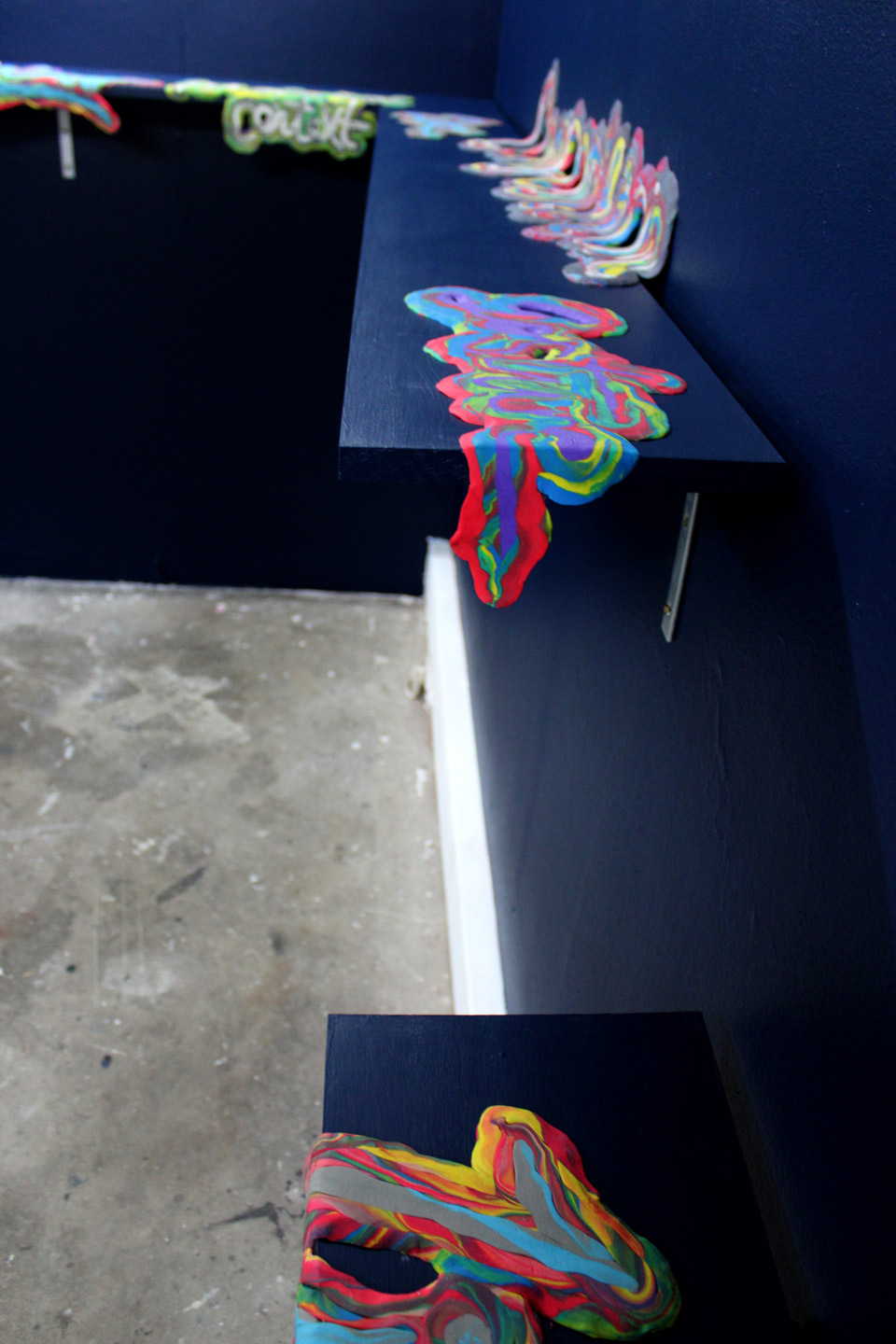Skate or Die!
January 14 - February 10, 2015



--------
Inspired by David Wojnarowicz, Australian artist Samuel Hodge moulds his own – at times, painful – autobiography out of clay, beading and photography
When the artist David Wojnarowicz died from AIDS in New York in 1992, his Magic Box — an Indian River Citrus crate containing about eighty items, from stones and beads to a toy watch to a monkey skull painted International Klein Blue — was found under his bed. This box, about which few knew and Wojnarowicz wrote little, is now held at the Fales Library and Special Collections at NYU, which the artist Samuel Hodge visited for the first time this summer. Like Wojnarowicz, Hodge works with autobiography. His work is funny, sad, silly, profound, literal or sly, depending on who’s looking and when. Hodge is known for photography but says that clay, which he uses for the first time in his current show, Skate or Die, is a particularly potent medium in this regard: it is, in Hodge’s words, “wet forever”; never ossified, endlessly malleable. ‘Skate or Die’ is as personal as Hodge’s childhood in Glen Innes, a town in rural Australia — looking in on heterosexuality, making his own action figures — and as universal as stratifications of culture, sexuality and privilege. Wojnarowicz is only one of these currents. But still, it’s hard not to think about the inscrutable Magic Box — because what is an autobiography but a bunch of totemic memory-objects, sum significance shifting and cryptic even to its owner, perpetually shuffled and reshuffled according to who’s looking and when?
This show brings together a lot of different threads, all interconnected; your childhood in rural Australia, exclusion from straight subcultures, your visit to the David Wojnarowicz archives at NYU. But let’s start with the title, Skate or Die...
Samuel Hodge: I wanted to skate so much as a kid and I knew everything about skate culture but I could never really fit in. A few years ago, a friend said to me that being a white straight Australian man is just, like, the best thing ever. They never have to worry about anything, they’re always having such a good time [laughs]. They’re all on sweet street. I’m not sure how true that is, but I was thinking about that again recently when I saw some guy wearing a Skate or Die t-shirt. When you think about it, the meaning is actually quite intense; it’s this bravado thing that’s really straight.
The photos of the boys behind the words [in the titular work] are inspired by these images of snowball fights from, I think, Princeton University from 1910 or 1913, where they would take portraits of themselves after they’d beat the shit out of each other. They’d show off these massive bruises and cuts with pride, but that’s something that straight men have the freedom to do. They get to be proud of their bruises and black eyes as if it’s a badge of honour. You see a straight guy walking down the street with a black eye and it’s like, “Oh, he got into a good punch up.” But if it’s a gay guy or a woman…
It’s associated with victimhood...
Samuel Hodge: Yeah. People get defensive about which culture belongs to who. Also, “skate or die” is a pretty dumb term. I spoke to a gay skater recently who was like, “Oh, that’s a pretty old one; there are new terms now.” Some other skater had asked him, “Why are you so defensive all the time?” And he was like, “You don’t know what it’s like to have to constantly explain your position within a particular scene.”
And this is one of the places where David Wojnarowicz comes in. Toward the end of his life especially, he became quite vitriolic. Close to the Knives is a great book and also an incredibly angry one...
Samuel Hodge: He’d just gotten to a point where it was enough. You get to a point where you’re tired of having to smile and nod through bullshit. What I like about David Wojnarowicz is that he taught himself. He never studied, but also had that insecurity, which I relate to, about not studying and wanting to have the access that people who have studied have. In his diaries he writes about talking to his friends about wanting to have access to universities in France to be with his boyfriend but not being able to get a visa. But he just kept making his work anyway. One of the works in the show is called “I Want To Farm That Blow Boy”; that was written in one of David Wojnarowicz’s notebooks in the archives, just on the back of a page.

He was on a residency in a small rural area in 1991, I think, and he was really sick with AIDS at that point, and so the whole diary was him talking about his fear of death, over and over and over again, and then there was just this funny little line written on the back, all by itself. Going through his diaries I could see that that was his practice, in a lot of ways: taking notes and writing. Someone bought that work who used to live in New York in the 80s, and his friend was a really good friend of David Wojnarowicz. He bought the work as a present for his friend, to take back to New York.
This is the first time you’ve used clay for a show, or made work that is more sculptural than purely photographic. Can you tell me about this?
Samuel Hodge: I started practicing with clay about five years ago and I made some pieces but they didn’t work so I just put them aside. I recently found out that with paintings by the old masters, the canvas degrades but the oil paint doesn’t so conservationists can literally peel off the painting and put it on to a new canvas. It’s sculptural, ultimately. When I found that out I was so inspired. I started working in a studio, and started looking for other ways to interpret the clay. It’s what I always used as a kid; it was how I could make toys that kind of looked like other toys, because we were too poor to get the real toys so I’d make my own.


I would make my own Teenage Mutant Ninja Turtles and take them to school, then go home and roll them out and make them again, and they would always get so squashed and dirty. The clay I’m using is that same kids’ modeling clay. That hanging installation took a lot of practice to get it to not break. The day before the show I remade everything. All the words are remade about four times from the same word. I would make the word and remake it again and again until it changed font and changed style and all the clay marbled. The good thing about clay is that if it gets dirty you can just roll it out and it sort of cleans itself in this weird way. The dirt gets hidden and then it’s clean again.
That’s an evocative metaphor...
Samuel Hodge: It’s a bit dangerous because it’s borderline first year university stuff, working with these ideas. But they’re ideas I’ve never focused on before and I feel in a safe space to work on something like this without making it sentimental; to have a distance to understand it and to understand the beauty of the situation. I’m not making art therapy; I’m more interested in these things from a distance, minus the sentimentality or the emotion.
I’ve really looked back to things I didn’t get to complete, in a way. When I was making these things as a kid I was so obsessed with clay as a medium, like most kids, but then you’re kind of forced to put it aside and move on to more sophisticated things. I think the work I can do now involves being able to look at stuff that happened a long time ago, realising that it is interesting and it is strange in the sociological sense. Maybe it’s more anthropological: groups of people, exclusion, all that stuff is really intriguing to me.
So much of the show concerns subjects that are generally considered to be very serious and painful — gay bashing, cultural exclusion — but the work frames these subjects in funny and often absurd ways...

Samuel Hodge: I’m trying to think why. It’s kind of been a natural progression, and I think that’s also my sense of humour. I suppose I can quite easily place those [subjects] in that space. The humour is probably the most personal thing. When I was going through the Wojnarowicz archives at NYU, I found this letter from the Bowery Bank from 1980 or 1981 and I thought it was kind of strange. I opened it up and it had all of the paraphernalia for applying for life insurance — everything, even the return address envelope, nothing had been thrown out. And there was this letter that said, “Dear Marcel Duchamp, thank you for your interest in life insurance with the Bowery Bank.” I just loved that David Wojnarowicz
 was going into banks for fun and signing up Marcel
Duchamp for life insurance.
was going into banks for fun and signing up Marcel
Duchamp for life insurance.I think the themes translate in different ways, as well; I don’t really want to keep bringing up the gay-straight divide, but the “Dedicated Top” and “Spiritual Bottom” bead works got purchased by two straight women. One of the women said she interpreted “Spiritual Bottom” as a person who has reached their spiritual bottom in life, which I thought was so beautiful and totally relevant. When the title of your Grindr profile is “Spiritual Bottom” then maybe you have kind of bottomed out spiritually [laughs].
Amelia Stein

